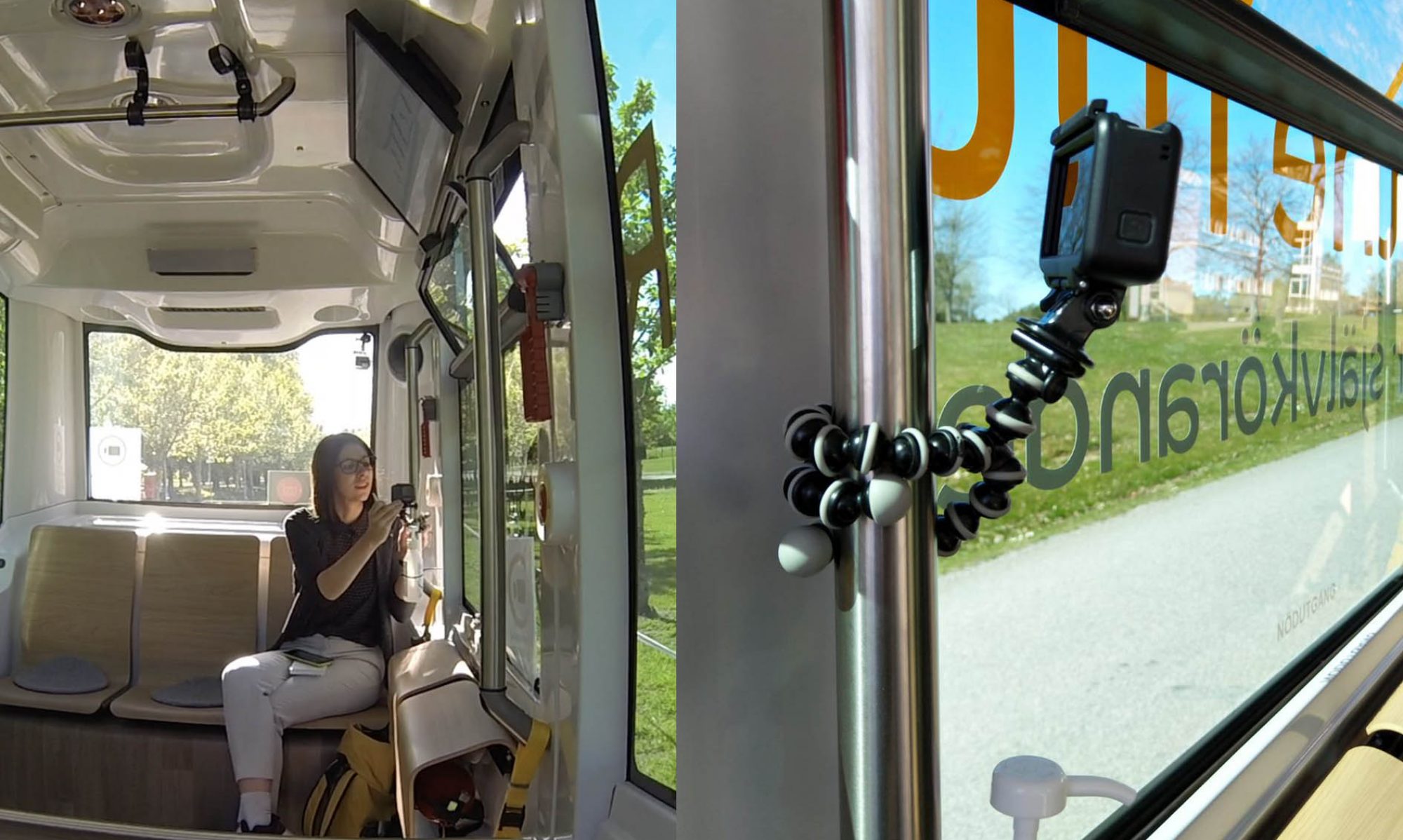Keevallik, L., Hofstetter, E., Löfgren, A., & Wiggins, S. (2024). Repetition for real-time coordination of action: Lexical and non-lexical vocalizations in collaborative time management. Discourse Studies, 14614456231224079. https://doi.org/10.1177/14614456231224079
Repetition has often been argued to be a semiotic device that iconically signifies ‘more content’, such as intensity and plurality. However, through multimodal interaction analysis of materials in English, Estonian, and Swedish, this paper demonstrates how self-repetition is used to coordinate actions across participants and temporally organize the ongoing activity. The data are taken from infant mealtimes, pilates classes, dance training, boardgames, rock climbing, and opera rehearsals. Repetition of both lexical and non-lexical tokens can prolong, postpone, and generally organize segments of action as well as co-create rhythms and moves in a moment-by-moment reflexive relationship with other (non-vocalizing) participants. A crucial feature of repetitions is that they can be flexibly extended to fit the other’s public performance, its launching, continuation, and projectable completion. We argue that the iconicity of repetition emerges through its indexical relationship to other bodies, as a real-time jointly achieved phenomenon.
